As a theatrical costumer, I am often called on to determine (and visually create) the time period in which a particular musical is based. Some shows aren't set in a specific time period: Cinderella, Cats, and Into the Woods are good examples. Some shows are considered "contemporary" and can easily be placed in the current time period, regardless of when they (or their source material) were written: The Last Five Years, Matilda the Musical, and High School Musical can all be placed in current day settings. Some shows are tied to a historical event so the action must occur in a very specific - and sometimes very limited - time period: Titanic, Newsies, and Come From Away are examples of this type of show. Still others happen during a particular historical era or setting: Fiddler on the Roof, Hair, and Oliver! fall into this category. Finally, some an extended period of time, or skip from one period of time to another, such as Mame, Sunday in the Park with George, and Gypsy.
When you place a series of musicals into their proper settings, it creates a fascinating visual timeline. Here is my timeline of reasonably well-known musicals, along with their time periods, plus with some photos to walk your through time, Broadway-style.
Enjoy!
Where else to start but at the creation of the world, several million years BC. Children of Eden tells the story of the Biblical book of Genesis, beginning with the story of Adam and Eve. Generally, productions make no attempt at historical accuracy with costumes. (I wholeheartedly agree with this choice.)
The Elton John/Tim Rice musical Aida is set in the Old Kingdom of ancient Egypt, placing it roughly in the 2000s BC. Although costumes are highly stylized, there is generally a feeling of ancient Egyptian influences, particularly in the headpieces. The Andrew Lloyd Webber/Tim Rice musical Joseph and the Amazing Technicolor Dreamcoat is set in the same time period, and usually attempts something more of a period look, albeit with a decidedly contemporary spin at times (King Herod, I'm looking at you.)
Based on the legend of King Arthur, Camelot is set in roughly the 400s, and is usually costumed with reasonable historical accuracy. Pippin is based extremely loosely on the son of Charlemagne, who ruled in the 800s, and the costuming of most productions (including both the original Broadway production and the recent revival) can best be described as "fantastical with a slight historical flair."
Natasha, Pierre, and the Great Comet of 1812 (set, not surprisingly, in 1812) and Les Miserables (covering the period from 1815-1832) have a similarly authentic look with plenty of brocade vests, brass buttons, and dark woolen layers.
A staple of schools and community theatres, the original Broadway production of Oliver!, set amidst the slums and workhouses of 1830s London, featured corsets, aprons, grubby layers, and plenty of fingerless gloves.Based on Mark Twain's "Adventures of Huckleberry Finn," Big River, set in the late 1840s, shows us lots of homespun shirts, woolen pants, and suspenders.
Set in 1850 in the Oregon Territory, Seven Brides for Seven Brothers is more well-known for its movie version than for the stage musical. The historical setting of the show serves mainly as an excuse for delightful prop choreography (using cross-cut saws and dancing on logs and roofs, for example), so it's not surprising that the costumes are geared more for dancing than for historical accuracy. The much lesser-known Paint Your Wagon is set in 1853 at the height of the California Gold Rush, and tends to feature lots of hats, vests, long underwear shirts, heavy work pants, and more suspenders.
Musicals set immediately after the war in the late 1940s had a decidedly brighter, more upbeat outlook, and the costumes reflected that brightness quite literally. Shows like An American in Paris, Bandstand, and Bright Star (1945), Kiss Me, Kate (1949), and City of Angels (1940s) all popped vividly off the stage.
The early to mid 1950s showed a huge variety of styles: the elegance of European travel of The Light in the Piazza, the clean-cut cool of Jersey Boys, the street punk of Puerto Rican pride of West Side Story (all set generically in "the 1950s); the faded glamour of Sunset Boulevard (1950); and the working-class casual and clubbing looks of The Pajama Game and the onstage glamour/off-stage casual looks of My Favorite Year (1954).
From fitted pencil skirts to super-full tulle underskirts to long spangled chiffon gowns, top the look with a beehive and you know you're in the 1960s. 1960s-era musicals include Nine, Hairspray, Catch Me if You Can, Boeing Boeing, Hair, Little Shop of Horrors, Sweet Charity, and Dreamgirls.
Fashions evolved as we moved through the '60s, as shown by the sequence of Bye Bye, Birdie (1960), Caroline, or Change (1963), A Man of No Importance (1964), and Promises, Promises (1968).
The 70s were apparently not rich grounds for source material, although the mid-1970s gave us a few memorable musicals, including 1975's iconic A Chorus Line and Miss Saigon, 1976's Fun Home, and 1977's Sister Act.
Just watch the fashion excesses of the 1980s go marching by: the neon Spandex of Xanadu (1980), the oversized shoulderpads of Chess ("1980s"), the polyester striped shirts of Billy Elliot (1984), the giant ruffles and puffy sleeves of The Wedding Singer (1985), the eclectic looks of Rent (mid- to late '80s), the leopard-and-leather hair band chic of Rock of Ages (1987), the bizarre goth styles of Beetlejuice (1988), and the obnoxious plaid miniskirts, thigh-high socks, and tailored jackets of Heathers (1989).
You know we've reached the 1990s when everyone's wearing plaid flannel shirts, usually tied around their waists. Tick...Tick...BOOM! (1990) was more subtle about it; MJ: The Musical (1992) covered it with sequins and fedoras; Big (1995) totally embraced it; Bat Boy (1997) spread it around; and Mamma Mia! (1999) dropped it altogether in favor of the blues and greens of the Mediterranean Sea.
The first decade of the 2000s is already well-represented in the musical theatre world, by Kinky Boots (early 2000s), Come From Away (2001), Legally Blonde (2007), In the Heights (2008), and The Prom (2010). Even the styles from 20 years ago still look nearly contemporary now in 2022.
I didn't find any musicals set between 2010 and the present, but I'm sure they'll be written before we know it. There is one that's set in 2027, however: Urinetown. But we'll have to wait a few more years to find out whether we're all really going to suddenly start dressing like coal miners from the 1930s.










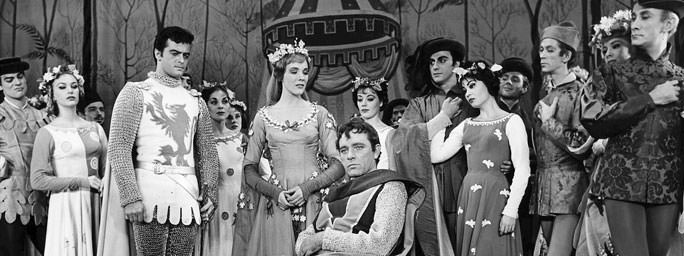






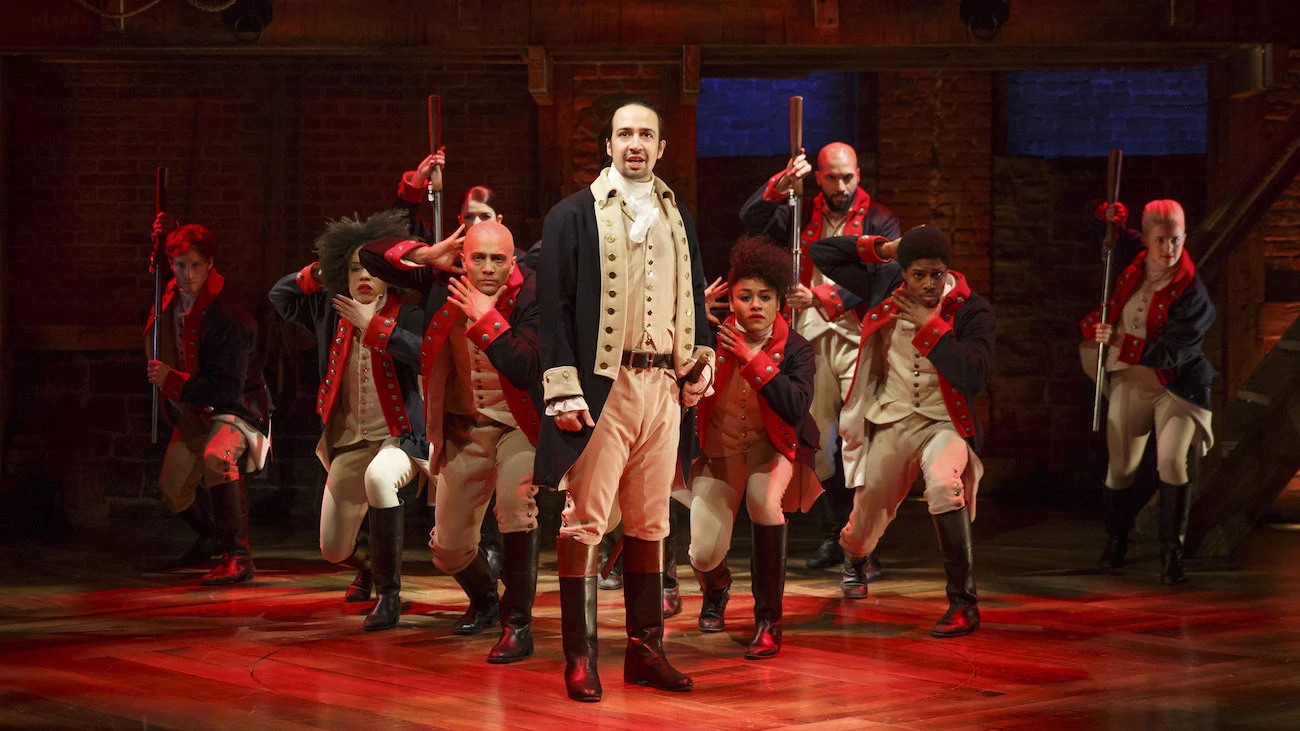









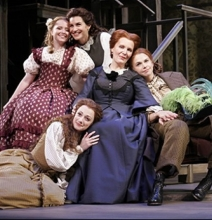

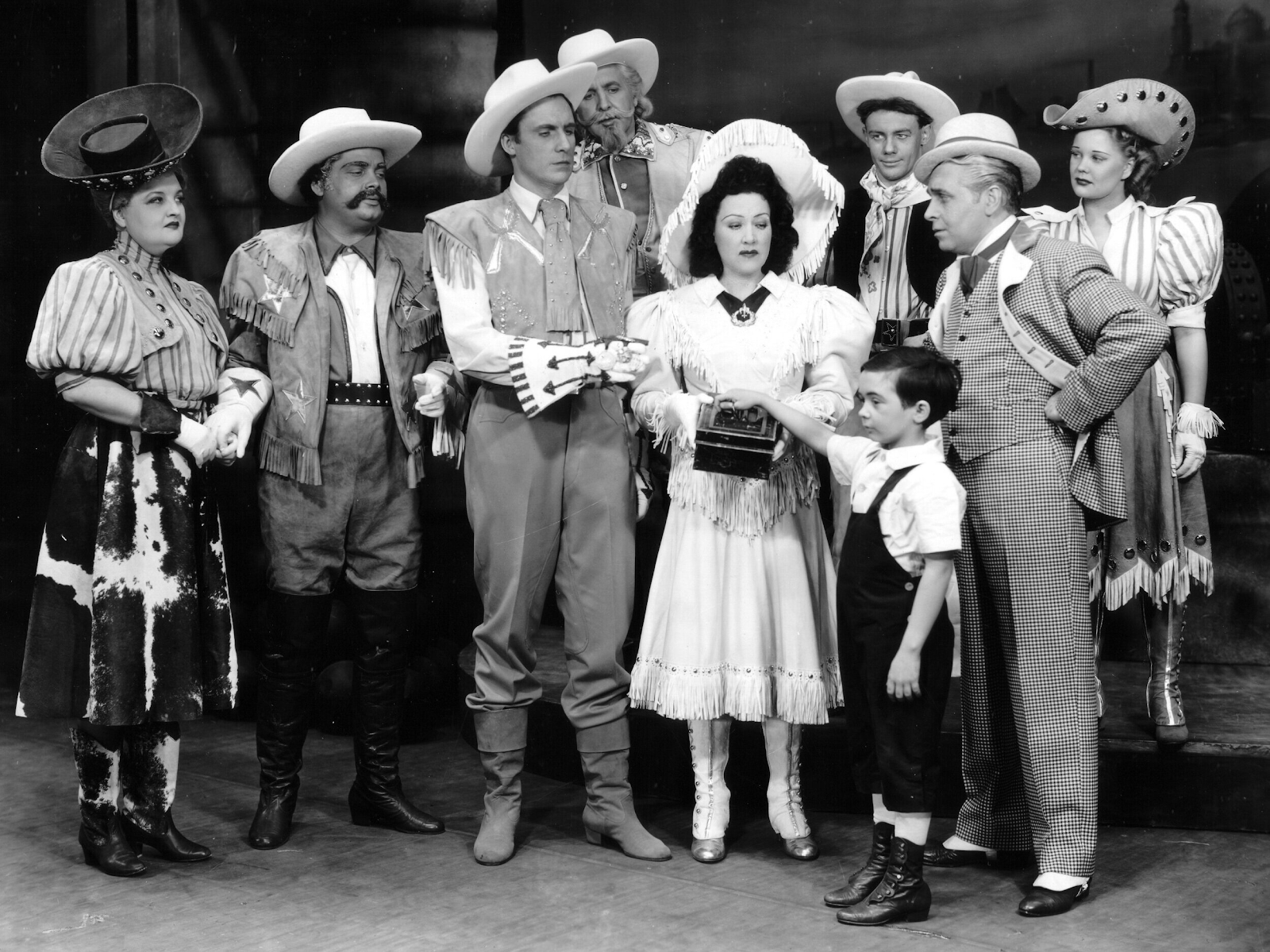



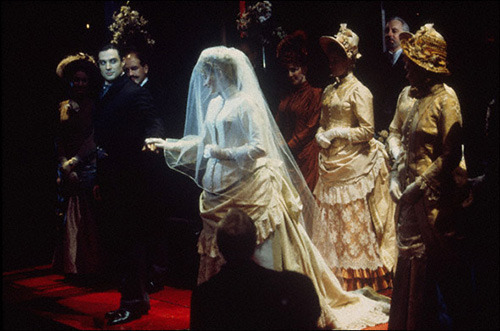





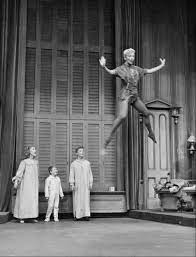




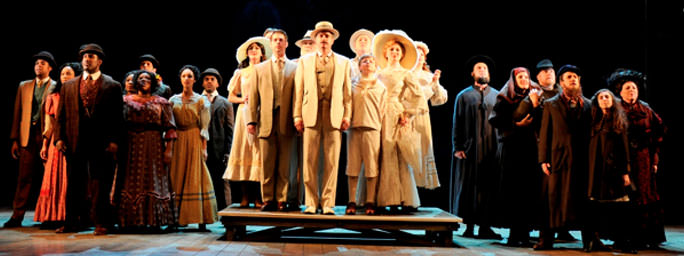
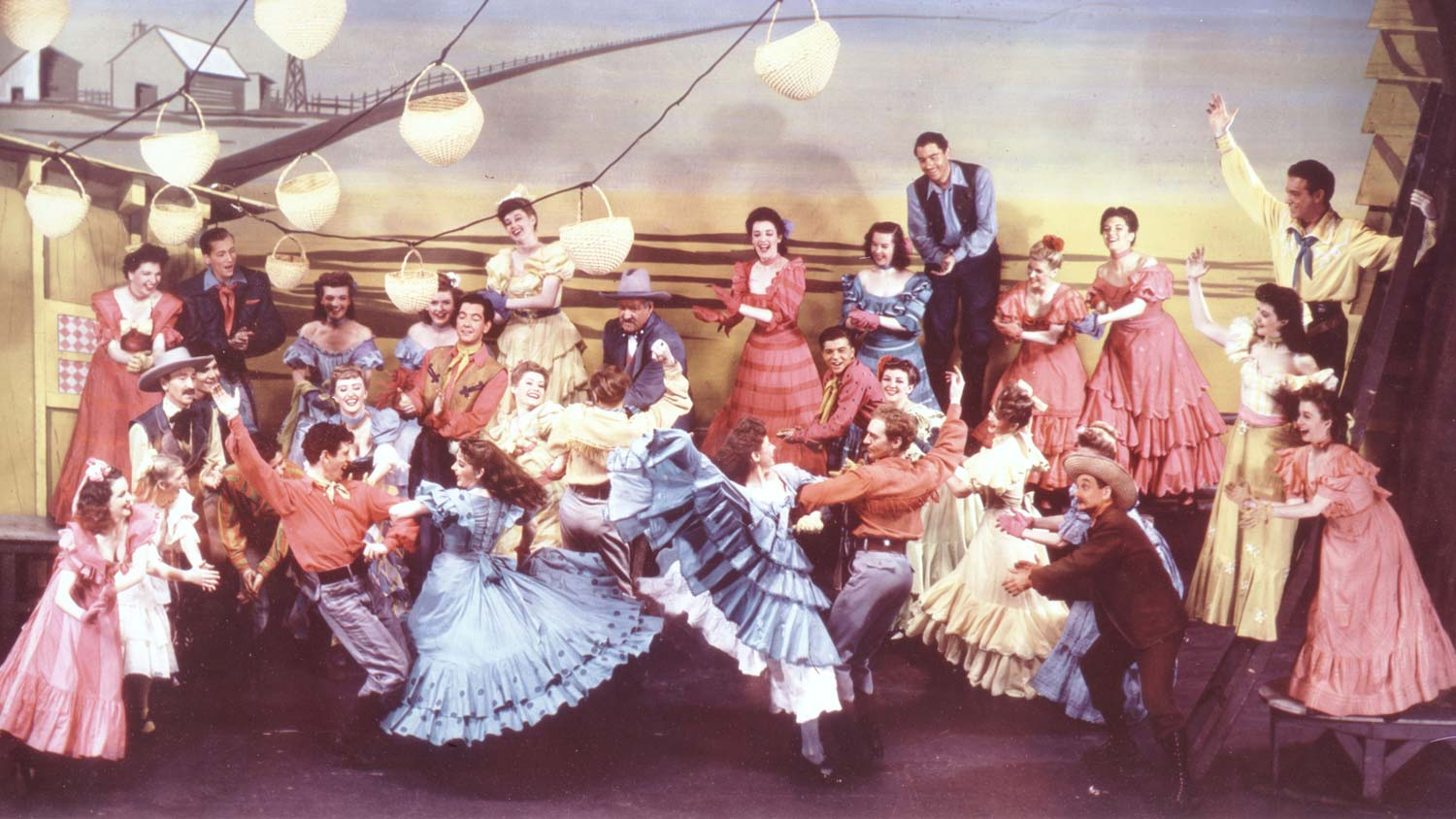





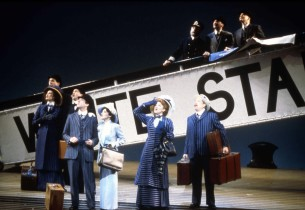
















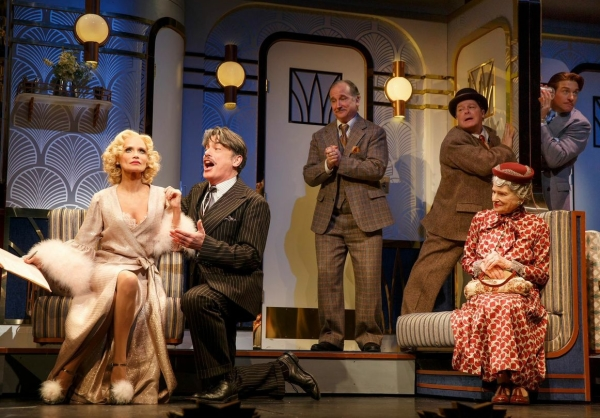

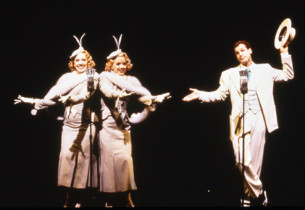











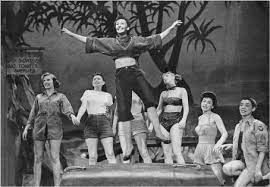










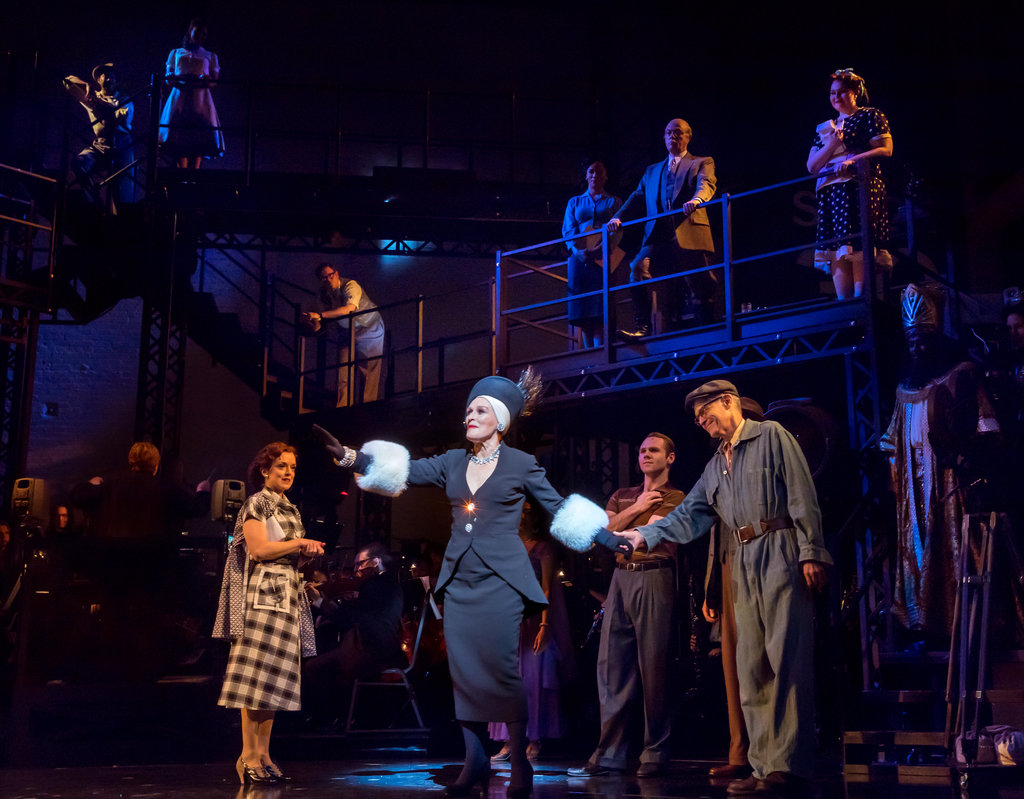






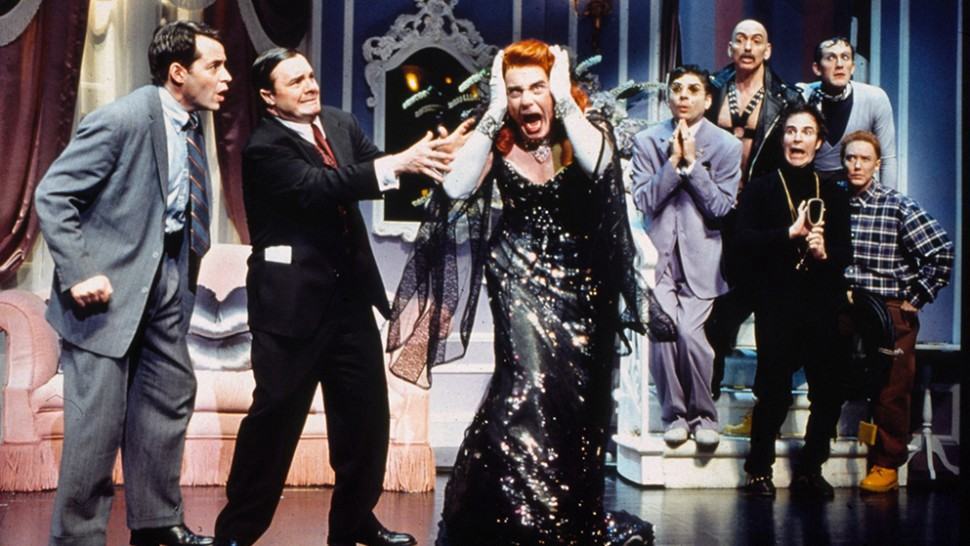





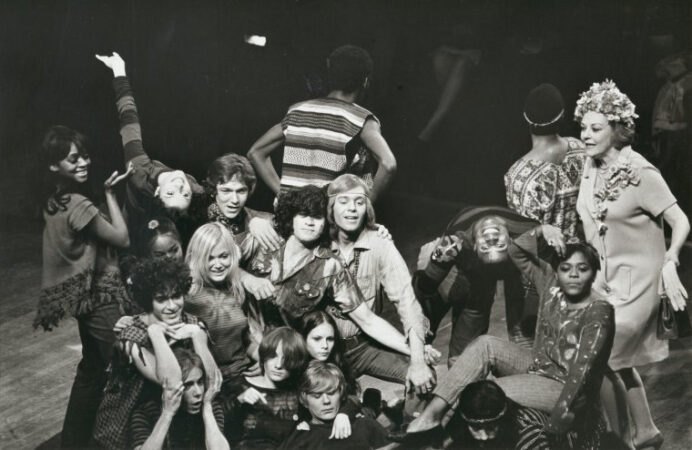









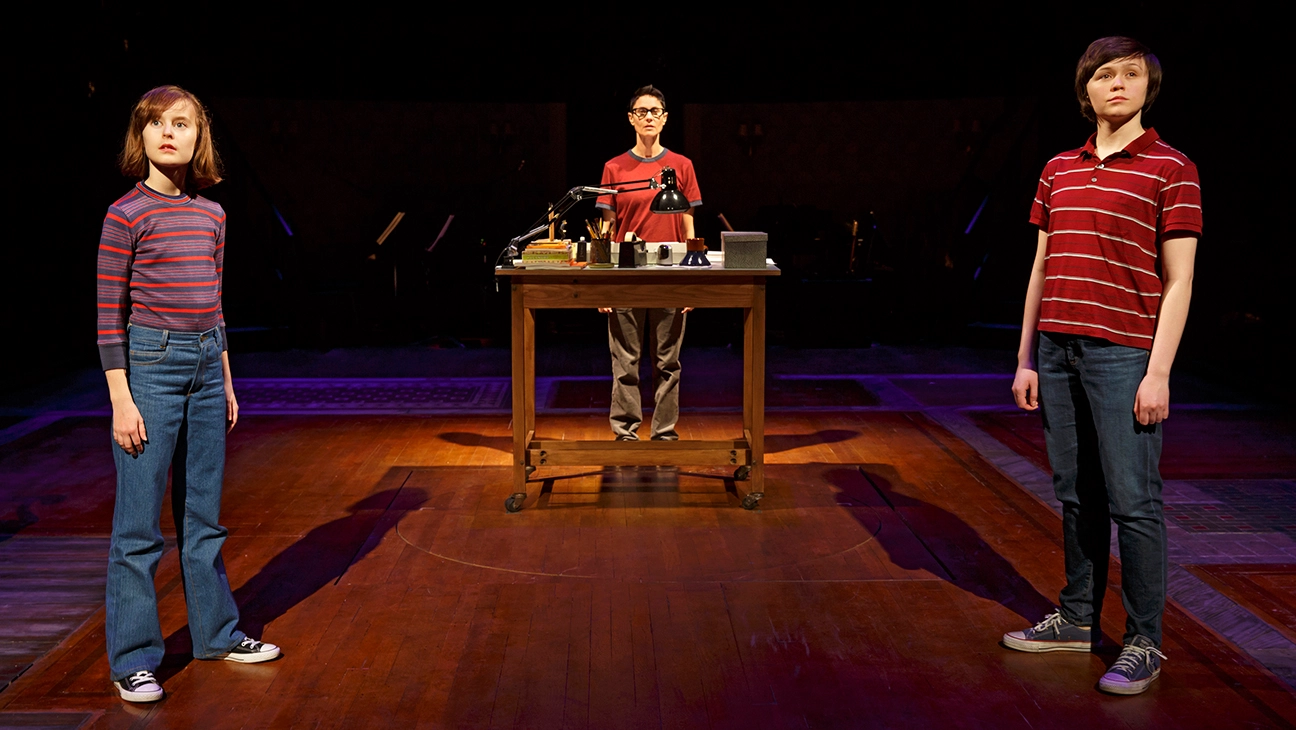




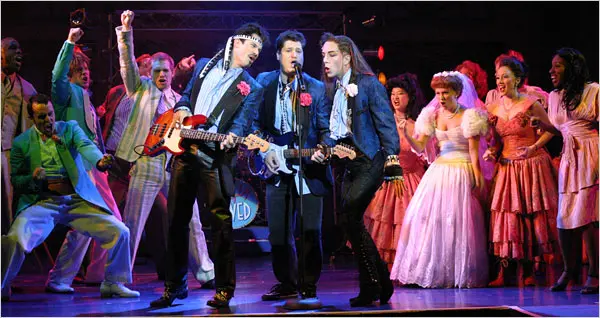
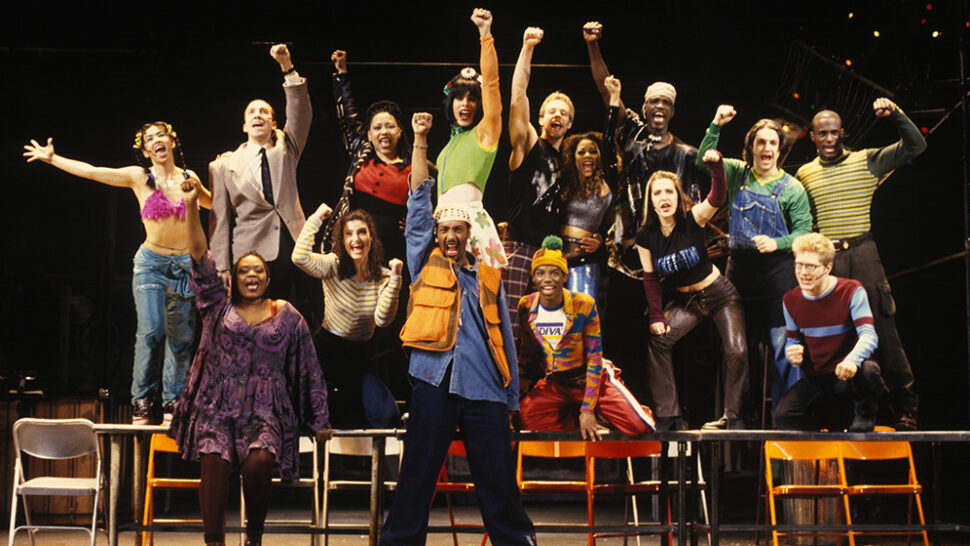














No comments:
Post a Comment